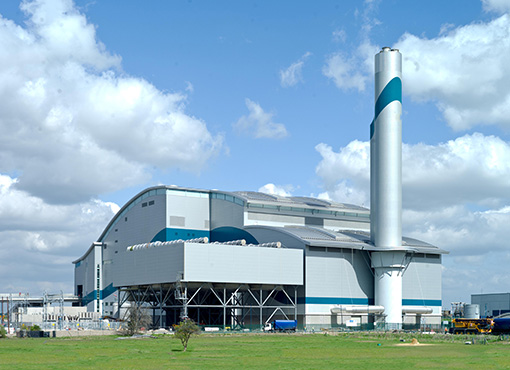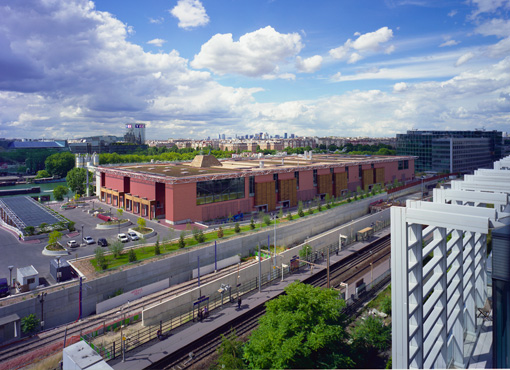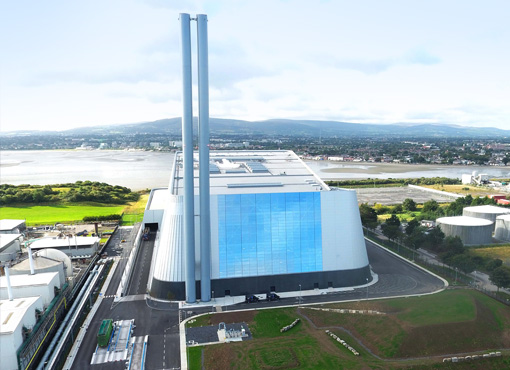Technology
Waste to energy is the best available method of treating residual waste streams
Global Leading Technology
East Rockingham Waste to Energy has selected Hitachi Zosen Inova (HZI) as our technology provider. HZI is a global leader in the delivery of waste to energy solutions. The Swiss company has been operating since 1933 and has over 500 reference plants. This includes 13 projects in the United Kingdom currently operational or under development.
HZI is a turnkey supplier of waste to energy solutions meaning they design the whole system including moving grate, boiler, air quality control system and bottom ash treatment plant, ensuring that all components integrate together with typical Swiss precision. Acciona and HZI have been awarded the EPC contract and are subject matter experts with the balance sheet strength to support material delivery and performance guarantees required under the contract.
The East Rockingham Waste to Energy project will be HZI’s first in the Australian market. To ensure the project’s success the company will not only provide the technology, they will also operate the facility under a long term contract with global waste management company Suez.
The Process
Divert Waste
from Landfill
Generating 28.9MW
of electricity per hour
50% deemed
renewable energy
Environmental
Protection
Circular
Economy
Overall facility benefits
- Methane Generation: organic material in landfills breaks down and emits methane. Methane is a potent greenhouse gas 26 times more effective than CO2 at trapping heat in the atmosphere.
- Contamination of groundwater: particularly when located on the Swan Coastal Plain where we extract Perth’s drinking water.
- Contamination of land: creating a long-term environmental liability.
- Odour emissions.
Worldwide Facilities

London (Riverside)
Located on the Thames River in the heart of London, this 585,000 tonne facility receives waste from barges.

Paris (Issy-les-Moulineaux)
The Isséane energy-from waste facility is located in a densely populated Parisian suburb on the banks of the River Seine with a view of the Eiffel Tower.

Dublin
Located on Poolbeg Peninsula in Dublin to recover energy from municipal waste. This 600,000 tonne facility provided energy to 80,000 Irish homes.
Discover more about Waste to Energy technology
call +61 8 6555 5293 or email admin@erwte.com.au
